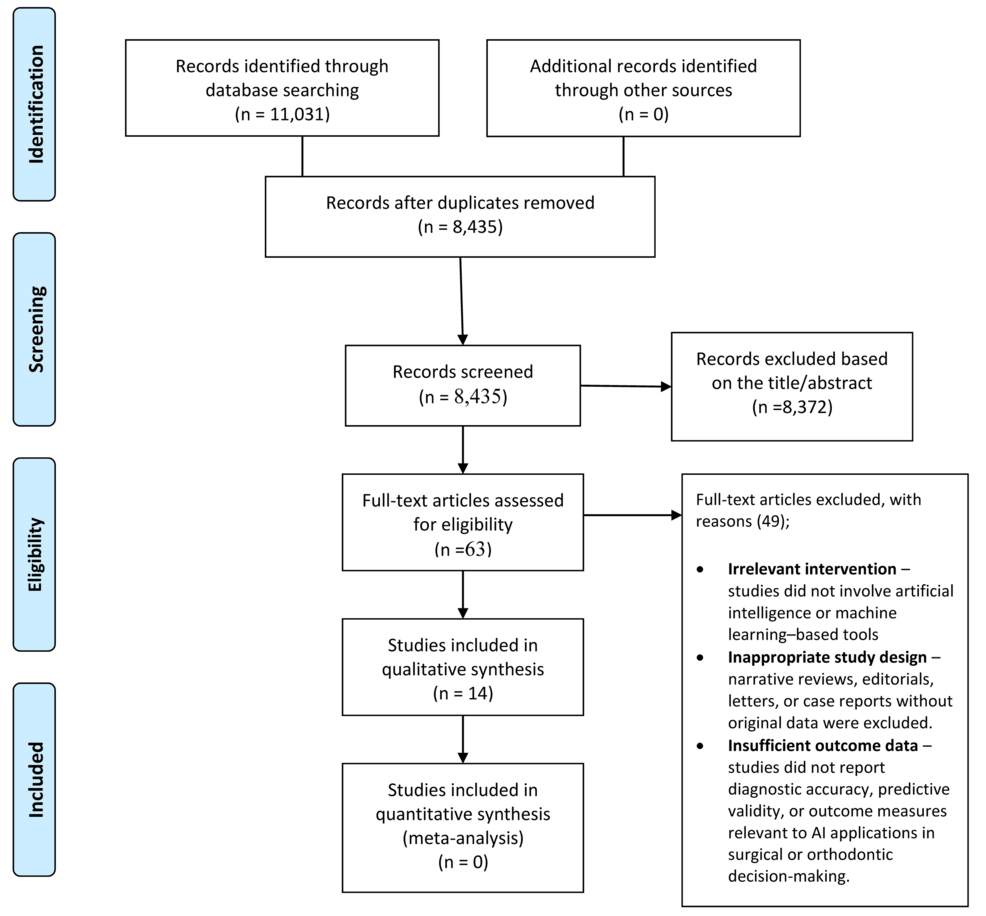In the rapidly evolving landscape of automation and artificial intelligence (AI), small and medium-sized business (SMB) leaders are increasingly tasked with selecting the most effective tools for their specific needs. The proliferation of platforms such as Make and Zapier for workflow automation, as well as OpenAI and Anthropic for generative AI applications, has introduced new challenges and opportunities. Comparing these tools requires a meticulous analysis of their strengths, weaknesses, costs, return on investment (ROI), and the scalability they offer.
Make distinguishes itself with its flexibility and visual interface that appeals to teams wanting to create complex, multi-step workflows without extensive coding knowledge. This platform excels in integrating disparate systems, making it a top choice for organizations needing robust customization. However, it may have a steeper learning curve compared to others in the field, necessitating more initial training for staff. Pricing can also escalate as businesses scale and require additional features, which could deter some SMB leaders when considering long-term operational costs.
In contrast, Zapier offers a user-friendly interface, rapidly facilitating task automation across various applications, making it particularly attractive for SMBs with limited technical resources. Its strength lies in a vast ecosystem of integrations, allowing businesses to connect apps quickly and efficiently. Nevertheless, its functionality may be somewhat superficial for complex workflows. Furthermore, the tiered pricing structure can become costly as automation needs expand, particularly for teams that require premium features or higher task allowances. Thus, while Zapier is an excellent tool for straightforward tasks, it may fall short for businesses looking for more intricate automation solutions.
When considering generative AI models, OpenAI and Anthropic provide compelling offerings with distinct approaches. OpenAI, leveraging models like ChatGPT, offers robust text generation capabilities, rapid deployment, and a wealth of integration options with third-party applications. The cost can be justified by its powerful functionalities and the immense potential for ROI through automation of customer service, content creation, and data analysis. However, there are concerns around ethical use and biases embedded in the models, which companies need to manage actively.
Anthropic, on the other hand, focuses heavily on safety and alignment in AI output, which would appeal to organizations with stringent compliance requirements. While its models may not offer the same level of performance as OpenAI in some areas, the emphasis on responsible AI development can be a critical differentiator for businesses sensitive to reputational risks. The overall cost may be comparable to OpenAI’s offerings, but the scalability of its services could present limitations as business needs grow and evolve.
The ROI of adopting such platforms should be measured holistically. For example, integrating Make could reduce administrative overhead and lead to significant time savings. Conversely, utilizing Zapier could drive efficiencies in sales and marketing workflows, creating a direct impact on revenue generation within a shorter time frame. AI implementations using OpenAI could drastically improve customer engagement metrics while also providing analytics insights that drive strategic decisions. These factors must be assessed alongside the initial and ongoing costs of each platform.
Both integration platforms and AI technologies exhibit diverse scalability prospects. Make’s strength in customization lends itself to scalability, particularly in larger organizations requiring tailored solutions. Zapier’s extensive app connections and user-friendly design position it well for SMBs that can leverage simple automation for immediate growth, though more complex needs may necessitate more advanced solutions down the line. OpenAI’s capabilities are highly scalable, beneficial for businesses expecting to expand their use of generative models as they grow. In contrast, Anthropic may be best suited for organizations prioritizing safety and compliance over sheer scalability.
To summarize, the decision to adopt tools like Make, Zapier, OpenAI, or Anthropic cannot be made lightly. Each option has its unique advantages and constraints, which must align with the specific needs and growth strategies of the SMB. Cost considerations, potential ROI, ease of scalability, and ethical implications are paramount. Leaders in these organizations should conduct a thorough analysis to select the platform that not only serves current needs but also fosters long-term growth and resilience.
FlowMind AI Insight: As the landscape of automation and AI continues to shift, businesses must adopt a proactive approach to evaluating and integrating these technologies. Leveraging data-driven decision-making and aligning tool selection with strategic objectives will be crucial for SMB leaders aiming for sustainable growth.
Original article: Read here
2025-09-13 05:12:00

